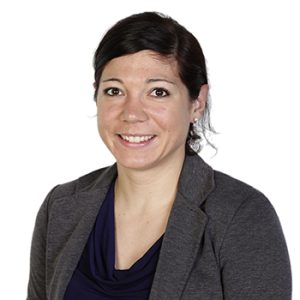
Zaugg Group
EMBL
Creating synergies between EMBL and Stanford’s research communities
Acute Myeloid Leukemia (AML) is an aggressive blood cancer deriving from the myeloid lineage. Although it is most common in adults, it also can occur in childhood with peak incidence in infancy. AML arises from mutations in progenitor cells that block differentiation and is clinically and genetically heterogenous. Despite great strides in treating pediatric AML in recent decades, long-term survival is only 60-70%, prognostication is frequently inaccurate, and many survivors experience adverse late effects on learning and physical development. The Lucille Packard Children’s Hospital at Stanford University has a biobank with hundreds of bone marrow samples from patients of childhood leukemia, taken at the patient’s diagnosis and after treatment. This extensive resource is accompanied by medical information, including medical images from pathology.
In this project, we aim to combine the cutting-edge high-throughput and multimodal single cell sequencing technologies developed in the Kasowski group at Stanford with the innovative computational tools developed in the Zaugg group at EMBL, to understand the perturbation of the non-malignant cells within the bone marrow in a cohort of childhood leukemia patients.
The bone marrow niche is a complex tissue, comprising largely hematopoietic cells, but also non-hematopoietic stroma and mesenchymal stem cells, which are precursors of osteoblasts, adipocytes, chondrocytes among others. The goal of this project is to shed light on the perturbations induced by treatment of the childhood leukemias and propose ways to counteract some of them. At the same time, it will provide a very rich resource of the bone marrow niche, and allow us to generate cell-type specific effects of germline genetic variants which will shed light on the role of the stem cell niche on disease that involve misregulation of the immune system.
Interested in finding out more about working at the interface of metabolism and organelle biology? Get in touch, we would love to hear from you!

EMBL

EMBL